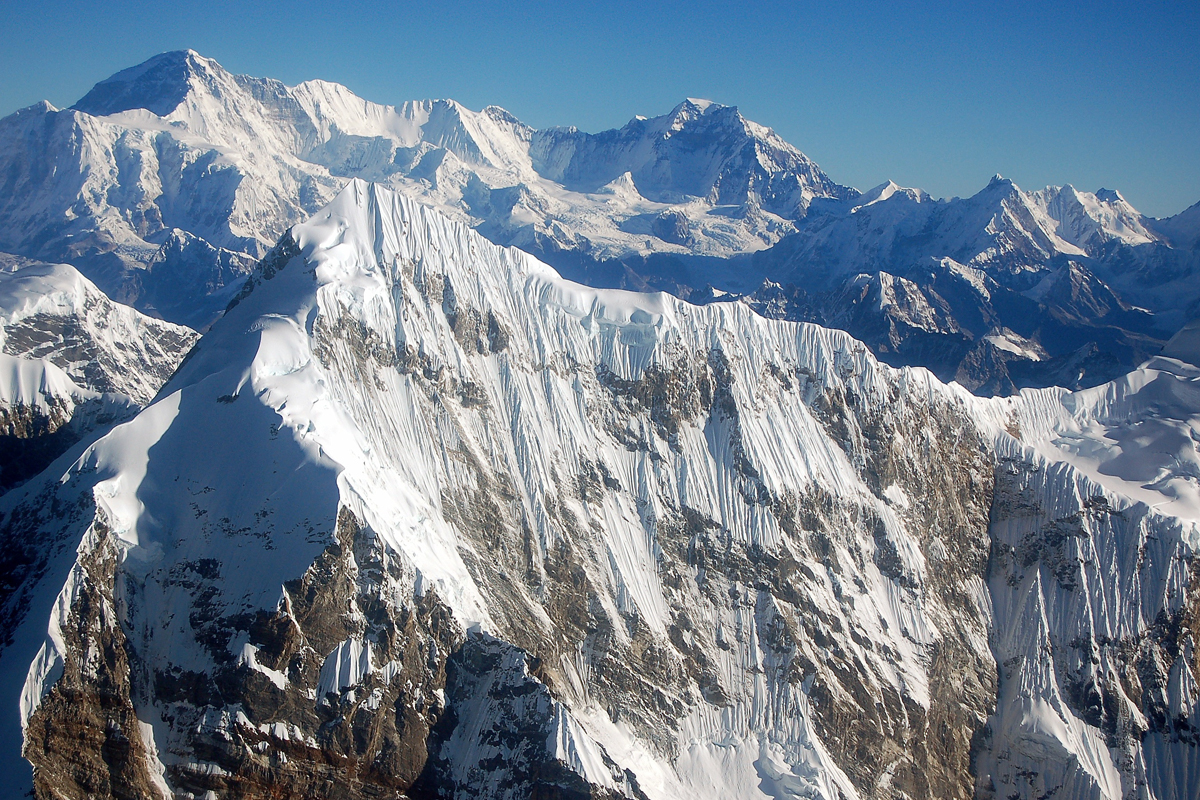Mount Everest gains its own mobile phone base station
TeliaSonera climbs a mountain to gain subscribers.

Scandinavian telecoms company TeliaSonera has scaled the peaks of 3G provision with a service in the Mount Everest area of Nepal.
The company's local subsidiary Ncell has installed a 3G base station to allow locals and mountaineers to keep in touch with their families and friends. By the end of next year, Ncell plans to be providing a network for over 90 per cent of the country.
The new base station has been erected at 5,200 metres above sea level and will provide cheaper calls than the satellite links that were previously used, the company claimed.
"This is a great milestone for mobile communications, and strong evidence of TeliaSonera's pioneering role in this industry that is truly changing the lives of billions of people", said Lars Nyberg, president and chief executive of TeliaSonera.
Finnish climber Veikka Gustafsson explained what the new network will mean to future mountaineers.
He said, "The first time I came to Himalaya in 1993, the satellite phone equipment weighed more than 100 kilograms. Today, vastly better handsets only weigh some hundred grams."
"The evolution of handsets and how information is transmitted has been unbelievably fast during the last 20 years. This has naturally made mountain climbing as a pursuit a bit easier and safer, but it's only a part of the story.
Get the ITPro daily newsletter
Sign up today and you will receive a free copy of our Future Focus 2025 report - the leading guidance on AI, cybersecurity and other IT challenges as per 700+ senior executives
"The change from fixed telephony to a mobile world in, for instance, Finland was only a small step compared to the impact that mobile telephony is bringing to these remote areas. Until now, the only way to communicate in the mountains has been to carry messages by foot," he explained.
It is not surprising therefore that Nepal and telecoms might not have sprung to many minds in the past, but TeliaSonera, through Ncell, has already seen the penetration of 3G communications jump from 15 per cent of the population in 2008 to over 30 per cent at the end of the last quarter, the company said. In human terms that means around 8.7 million subscribers.
These are not all TeliaSonera customers, which claimed to have 3.7 million subscribers. The company has been competing with two other mobile providers: the national Nepal Telecom and United Telecom Limited (UTL), a consortium of three Indian companies working with a local service supplier.
-
 Should AI PCs be part of your next hardware refresh?
Should AI PCs be part of your next hardware refresh?AI PCs are fast becoming a business staple and a surefire way to future-proof your business
By Bobby Hellard
-
 Westcon-Comstor and Vectra AI launch brace of new channel initiatives
Westcon-Comstor and Vectra AI launch brace of new channel initiativesNews Westcon-Comstor and Vectra AI have announced the launch of two new channel growth initiatives focused on the managed security service provider (MSSP) space and AWS Marketplace.
By Daniel Todd